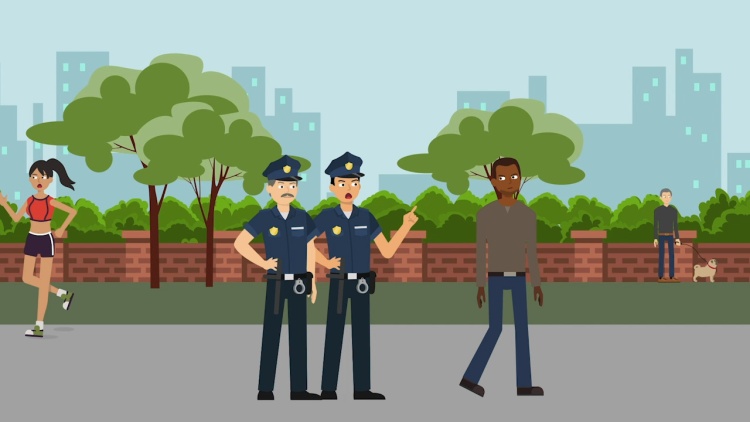Floyd v. City of New York
United States District Court for the Southern District of New York
283 F.R.D. 153 (2012)
- Written by Jamie Milne, JD
Facts
Acting under the stop-and-frisk policies of the New York Police Department (NYPD), NYPD officers conducted over 2.8 million Terry stops between 2004 and 2009. Over 50 percent were of Black people, 30 percent Latino, and 10 percent White. To comply with the Fourth Amendment, a stop-and-frisk must be based on reasonable suspicion of criminal conduct. However, for many stops, the only stated justification was furtive movements or presence in a high-crime area. Evidence also showed that Black and Latino people were more likely to be stopped without reasonable suspicion. David Floyd, Lalit Clarkson, Deon Dennis, and David Ourlicht (plaintiffs) were Black men who were stopped at least once. Ourlicht, a resident of New York City (NYC) (defendant), had been frisked four times. The men sued NYC and city officials (defendants), seeking (1) a declaration that the NYPD’s policies violated the Fourth Amendment and the Equal Protection Clause of the Fourteenth Amendment and (2) an injunction requiring changes to the policies. They moved to certify a class of similarly situated plaintiffs, defined as all people who, since 2005, had been or would be subjected to unlawful stop-and-frisks, including people stopped based on race. The government objected to certifying a class and also argued that Floyd, Clarkson, and Dennis lacked standing because they had either only been stopped once or since moved from NYC, making it entirely speculative that they would be stopped again. The district court considered class certification.
Rule of Law
Issue
Holding and Reasoning (Scheindlin, J.)
What to do next…
Here's why 899,000 law students have relied on our case briefs:
- Written by law professors and practitioners, not other law students. 47,000 briefs, keyed to 994 casebooks. Top-notch customer support.
- The right amount of information, includes the facts, issues, rule of law, holding and reasoning, and any concurrences and dissents.
- Access in your classes, works on your mobile and tablet. Massive library of related video lessons and high quality multiple-choice questions.
- Easy to use, uniform format for every case brief. Written in plain English, not in legalese. Our briefs summarize and simplify; they don’t just repeat the court’s language.





